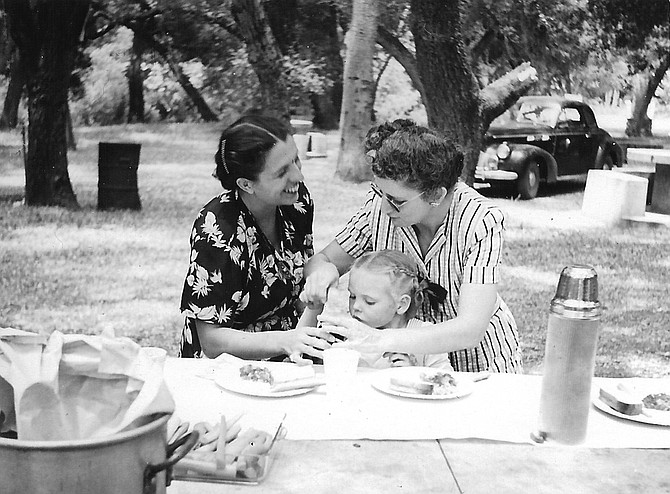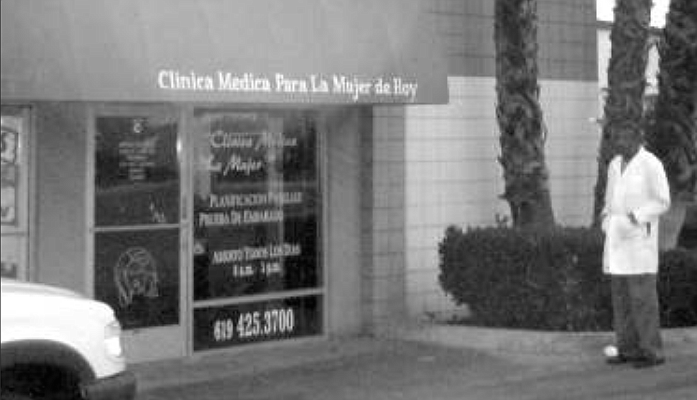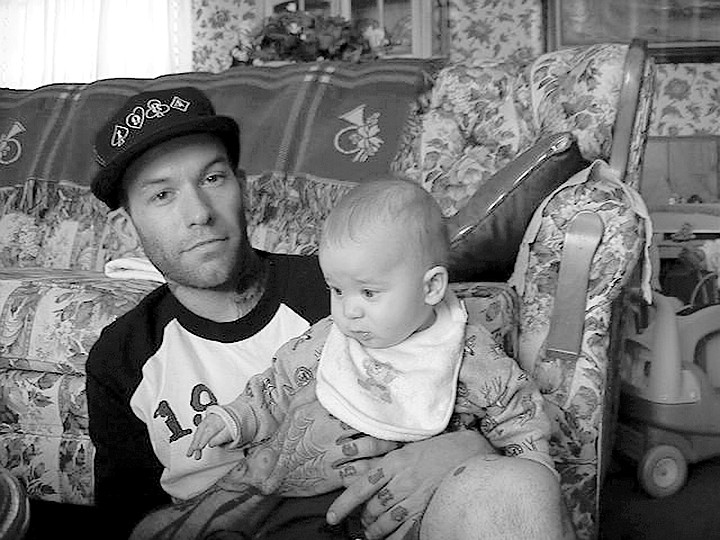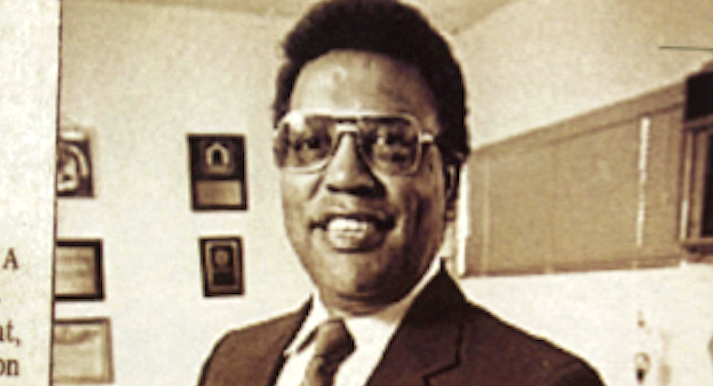 Facebook
Facebook
 X
X
 Instagram
Instagram
 TikTok
TikTok
 Youtube
Youtube


It had been another sleepless night for Chris Squire, pedaling around San Diego delivering drugs. When the sun rolled into the sky on August 14, 2006, he knew he was looking at his last few hours of freedom.
"I had been cruising around that day, doing my hustle, and I had this impending sense of doom," he said. "This black cloud was over my head."
Squire had been back in town about three months after a yearlong absence from San Diego's music scene. He was one of those guys who attended every show at Carpenters and Wabash halls, going all the way back to 1983, his freshman year at Mission Bay High.
By Larry Harmon, Nov. 29, 2007 | Read full article

In each of the last three years, there were roughly 17,000 murders in the United States. Of these, about 11 percent were committed by women. In most cases women kill to defend themselves during a confrontation: It’s her life or his. Women seldom murder other women and almost never kill strangers. That’s what men do. When a woman kills her husband, boyfriend, or lover, the crime is called “intimate murder”;
By Thomas Larson, July 2, 2008 | Read full article

In October 2007, Michael Varga, a police officer assigned to the Chula Vista Police Department’s Special Investigations Unit, began interviewing women about the abortions they had received at a local clinic, Clinica Medica para la Mujer de Hoy. The storefront clinic, with its dull turquoise awning, was located on Broadway, next door to Plaza’s Mexican Food. Its windows were blacked out and the image of a stylish woman was drawn onto one pane. For years, the clinic had targeted Spanish-speaking women with low-cost terminations of their pregnancies. Varga was investigating Bertha Pinedo Bugarin, a layperson who was purportedly the owner/manager of the Chula Vista clinic as well as five other medical offices in Los Angeles and Orange counties, each specializing in cash-only abortions.
By Thomas Larson, Feb. 18, 2009 | Read full article

The body lies in a position of repose, a 12-year-old girl in pajamas, on her bed, in Fallbrook, California. Her blue eyes, though open, see nothing, and for ten more minutes, no one sees her. No one knows yet that the sheets and Judy’s pajama top are stained with chocolate, that her neck is stained with chocolate, that a section of yellow toilet paper on the bed beside her is stained with chocolate, or that her arms are folded across her chest and will not be, cannot be, unfolded again. No one knows that a spoon lies balanced on her lips.
By Laura McNeal, Nov. 7, 2002 | Read full article

On November 18, 2002, pro skateboarder Neil Heddings drove his van to San Diego to pick up his two-year-old son, Marty. Heddings’s fiancée Christine Rams, their new baby, and Rams’s four-year-old son had come with him. They collected Marty and then drove back to the house where they lived in San Jacinto. Five days later, on the morning of November 23, Heddings and Rams discovered that Marty was dead.
Heddings told police that Marty had been sick and was vomiting. The night before, he had fallen during a bath and hit his head.
By Josh Board, April 22, 2004 | Read full article

In September 2003, Brian Burritt rode the elevator down to the basement of the San Diego Police Department where the "murder books," the binders of the department's cold cases, many decades old, are kept in cool, dry storage. The books are paper tombs, weighted with hundreds of pages — evidence lists, crime-scene diagrams and photos, lab reports, autopsy reports, witness statements, and more. Each begins with a one-page synopsis of the crime. Over several weeks, Burritt, whose title is criminalist, checked out binders and quick-read the synopses, looking for mention of liquid evidence, typically swatches of blood or semen he might use to establish a DNA profile of a perpetrator. Most of the cases contain such testable evidence, which Burritt, the forensic lab, and the cold-case team would eventually investigate. But one case caught his eye.
By Thomas Larson, Oct. 12, 2006 | Read full article



It had been another sleepless night for Chris Squire, pedaling around San Diego delivering drugs. When the sun rolled into the sky on August 14, 2006, he knew he was looking at his last few hours of freedom.
"I had been cruising around that day, doing my hustle, and I had this impending sense of doom," he said. "This black cloud was over my head."
Squire had been back in town about three months after a yearlong absence from San Diego's music scene. He was one of those guys who attended every show at Carpenters and Wabash halls, going all the way back to 1983, his freshman year at Mission Bay High.
By Larry Harmon, Nov. 29, 2007 | Read full article

In each of the last three years, there were roughly 17,000 murders in the United States. Of these, about 11 percent were committed by women. In most cases women kill to defend themselves during a confrontation: It’s her life or his. Women seldom murder other women and almost never kill strangers. That’s what men do. When a woman kills her husband, boyfriend, or lover, the crime is called “intimate murder”;
By Thomas Larson, July 2, 2008 | Read full article

In October 2007, Michael Varga, a police officer assigned to the Chula Vista Police Department’s Special Investigations Unit, began interviewing women about the abortions they had received at a local clinic, Clinica Medica para la Mujer de Hoy. The storefront clinic, with its dull turquoise awning, was located on Broadway, next door to Plaza’s Mexican Food. Its windows were blacked out and the image of a stylish woman was drawn onto one pane. For years, the clinic had targeted Spanish-speaking women with low-cost terminations of their pregnancies. Varga was investigating Bertha Pinedo Bugarin, a layperson who was purportedly the owner/manager of the Chula Vista clinic as well as five other medical offices in Los Angeles and Orange counties, each specializing in cash-only abortions.
By Thomas Larson, Feb. 18, 2009 | Read full article

The body lies in a position of repose, a 12-year-old girl in pajamas, on her bed, in Fallbrook, California. Her blue eyes, though open, see nothing, and for ten more minutes, no one sees her. No one knows yet that the sheets and Judy’s pajama top are stained with chocolate, that her neck is stained with chocolate, that a section of yellow toilet paper on the bed beside her is stained with chocolate, or that her arms are folded across her chest and will not be, cannot be, unfolded again. No one knows that a spoon lies balanced on her lips.
By Laura McNeal, Nov. 7, 2002 | Read full article

On November 18, 2002, pro skateboarder Neil Heddings drove his van to San Diego to pick up his two-year-old son, Marty. Heddings’s fiancée Christine Rams, their new baby, and Rams’s four-year-old son had come with him. They collected Marty and then drove back to the house where they lived in San Jacinto. Five days later, on the morning of November 23, Heddings and Rams discovered that Marty was dead.
Heddings told police that Marty had been sick and was vomiting. The night before, he had fallen during a bath and hit his head.
By Josh Board, April 22, 2004 | Read full article

In September 2003, Brian Burritt rode the elevator down to the basement of the San Diego Police Department where the "murder books," the binders of the department's cold cases, many decades old, are kept in cool, dry storage. The books are paper tombs, weighted with hundreds of pages — evidence lists, crime-scene diagrams and photos, lab reports, autopsy reports, witness statements, and more. Each begins with a one-page synopsis of the crime. Over several weeks, Burritt, whose title is criminalist, checked out binders and quick-read the synopses, looking for mention of liquid evidence, typically swatches of blood or semen he might use to establish a DNA profile of a perpetrator. Most of the cases contain such testable evidence, which Burritt, the forensic lab, and the cold-case team would eventually investigate. But one case caught his eye.
By Thomas Larson, Oct. 12, 2006 | Read full article
Comments